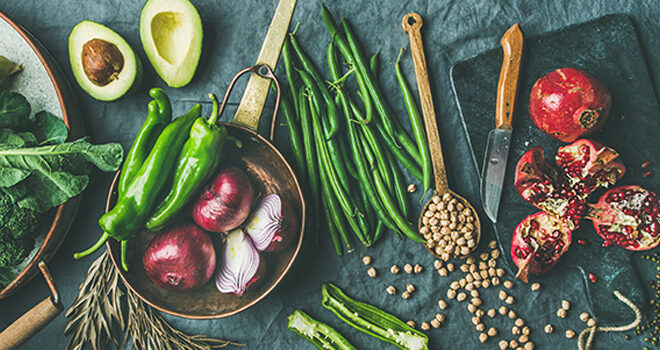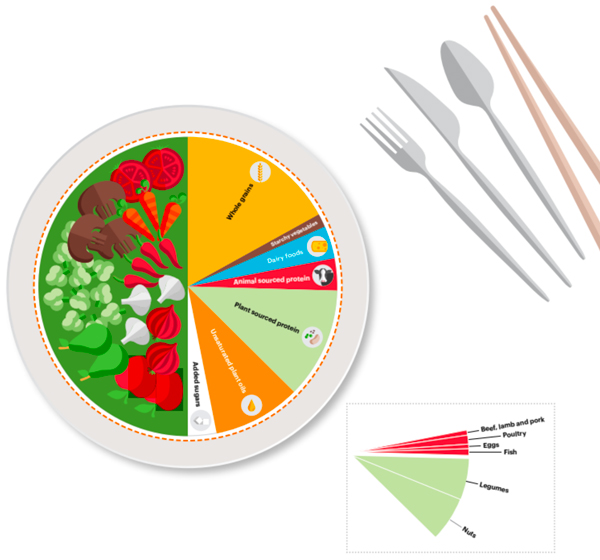A new report has mapped out the ideal diet both for your health and the planet. It is designed to feed the whole of humanity in 2050. On the menu: twice as much fruit and twice as many vegetables, pulses and nuts!
There is a major challenge facing humanity by 2050: how to provide 10 billion people with a balanced diet based on sustainable nutritional systems. That means significant changes to our diet are required, along with a reduction in food loss and wastage and improved food production practices.
The EAT-Lancet Commission, made up of 37 scientists from 16 countries, has defined universal, scientifically validated goals to provide practical solutions to this problem. It has issued a clear, visual report, mapping out the broad lines of a ‘planetary health diet’ in which plant-based proteins play a central role.
Benefits for health and the planet
As its name suggests, the ‘planetary health diet’ closely connects two concepts:
- health:
Scientists estimate that the transition to a diet like this could prevent 11 million deaths per year, which is 19 to 24% of the total adult mortality. - environment:
The ‘planetary health diet’ takes into account parameters such as greenhouse gas emissions, the amount of land used for agriculture, fresh water usage, the use of nitrogen and phosphorus and the rate at which species are going extinct in order to achieve the goals of the 2015 Paris Agreement on Climate Change* and sustainable development.
Doubling the consumption of fruit, vegetables, pulses and nuts
This diet, which benefits both human beings and the environment, gives pride of place to plant-based proteins. Experts recommend that we double our consumption of fruit and vegetables, whole grains, pulses [V1] and nuts. They also recommend that we limit our consumption of animal proteins, particularly red meats (beef, lamb, pork etc.). Poultry, eggs and dairy products are considered optional foods, and the consumption of fish is encouraged.
So what does a ‘planetary health plate’ look like? Half the plate should be filled with fruit and vegetables, and the other half is mainly made up of whole grains, vegetable proteins (nuts and pulses), unsaturated oils (olive, rapeseed, hazelnut etc.) and perhaps a small quantity of animal protein.



 Bell pepper
Bell pepper  Carott
Carott  Vegetable garden: growing asparagus
Vegetable garden: growing asparagus 










